Title: Elevating Excellence: Key Aspects and KPIs for Procurement Managers
Elevating Excellence: Key Aspects and KPIs for Procurement Managers
Important Aspects of Procurement Managers Role
In the complex and strategic landscape of procurement management, the role of a Procurement
Manager is integral to an organization's success. To ensure superior performance, it is crucial to
identify and measure Key Performance Indicators (KPIs) that align with the specific responsibilities of
the role. Let's explore the key aspects that demand meticulous attention for effective procurement
management:
1. Operational Efficiency:
- Ensuring accuracy, speed, and efficiency in transactional processing and reporting.
- Formalizing pricing structures, discounts, and acceptable service levels to optimize cost-effectiveness.
- Monitoring defined processes to eliminate maverick spend and maintain a standardized approach.
2. Financial Accuracy and Forecasting:
- Accurate management of budgets and latest forecasts.
- Implementing improvement initiatives to enhance cost-effectiveness and efficiency.
3. Stakeholder Engagement and Feedback:
- Establishing effective feedback methods and surveys to gauge stakeholder satisfaction.
- Monitoring and responding to feedback to drive continuous improvement.
4. Supply Chain Management:
- Ensuring timely delivery from suppliers to maintain operational continuity.
- Enhancing levels of business predictability through effective supply chain management.
5. Process Adherence and Development:
- Setting and adhering to planning deadline dates to maintain workflow efficiency.
- Strict adherence to processes, standard operating procedures, and organizational policies.
- Addressing underperformance promptly to maintain high standards.
6. Talent Management and IT Solutions:
- Focusing on capability development to enhance the skills of the procurement team.
- Monitoring staff attrition and implementing strategies to retain top talent.
- Managing the input, testing, implementation, and adoption of new IT solutions for improved efficiency.
7. Automation and Reporting:
- Assessing the extent of process automation and promoting self-service reporting.
- Enhancing personal development plans and training to keep the team abreast of technological advancements.
8. Task Management and Performance:
- Regularly tracking and updating progress on outstanding tasks.
- Implementing effective performance management strategies for individual and team success.
As the Procurement Manager navigates through these crucial aspects, the establishment of robust
KPIs becomes imperative to evaluate and enhance their performance continually.
Here are some suggested Key Performance Indicators
- % Supplier OTIF (on time and in full)
- % Suppliers Meeting SLAs
- % Personal Development Plans Completed
- % Audit Findings Resolved by Deadline
- % Team Tasks Completed by Deadline (Procurement Manager Dept.)
- % Internal Survey Score (Delivery Questions) (Procurement Manager Dept.)
- % Internal Survey Score (Cost of Service Questions) (Procurement Manager Dept.)
- % Variance to Expense Budget (Procurement Manager Dept.)
- % Available Rebates Achieved
- % Supplier Contract Spend
- % Supplier Returns (Quality)
- % Suppliers with Contracts
- % Departmental Suppliers Paid by Due Date
- % Project Milestones on Time (Procurement Manager Initiatives)
- % Projects on Time, Scope & Budget (Procurement Manager Initiatives)
- % Projects on Time (Procurement Manager Initiatives)
- % Projects within Budget (Procurement Manager Initiatives)
- % Projects within Scope (Procurement Manager Initiatives)
- % Overhead Forecast Accuracy - 1 mth (Procurement Manager Dept.)
- % Planning Deadlines Achieved (Procurement Manager Dept.)
- % Risks with Valid Mitigations (Procurement Manager Dept.)
- % Policies & Processes Up to Date (Procurement Manager Processes)
- % Processes Automated / Systemized (Procurement Manager Processes)
- % Processes Published to Staff (Procurement Manager Processes)
- % Disciplinary Actions (Procurement Manager Staff)
- % Employee Satisfaction Score (Procurement Manager Staff)
- % Key-Staff Retention (Procurement Manager Staff)
- % Voluntary Terminations (Procurement Manager Staff)
- % Staff Turnover (Procurement Manager Dept.)
- % Staff Turnover of Top Performing Staff (Procurement Manager Staff)
- % Personal Capability/Training Achieved
- % Required Certifications Achieved (Procurement Manager Staff)
- % Skills Gap (Procurement Manager Dept.)
- % Staff Capability/Training Achieved (Procurement Manager Staff)
- % Agreed Succession Plans Implemented (Procurement Manager Dept.)
- % Succession Plans for Key Jobs in Place (Procurement Manager Dept.)
- % Succession Plans in Place (Procurement Manager Dept.)
- % Automated Reporting from ERP (Procurement Manager Processes)
- % Process Steps Automated with Workflow (Procurement Manager Processes)
- % Process Steps Requiring Paper Forms (Procurement Manager Processes)
- % Process Steps Using Spreadsheets (Procurement Manager Processes)
- % Master Data Accuracy (Suppliers)
- % KPIs Benchmarked (Procurement Manager Dept.)
- % Reportees Capability/Training Achieved (Procurement Manager Staff)
- % Reportees KPIs Achieved (Procurement Manager Staff)
- % Reportees Personal Objectives Achieved (Procurement Manager Staff)
- % Training Plan Adherence (Procurement Manager Staff)
- % Employment Equity (South Africa) (Procurement Manager Dept.)
- % Affirmative Procurement Spend (South Africa) (Procurement Manager Dept.)
- % Strategic Risks Mitigated (Procurement Manager Dept.)
- % Previously Disadvantaged Individuals (South Africa) (Procurement Manager Staff)
- % Personal Tasks Overdue
- % Compliance with System Controls
- $ Value of Procurement Savings
Feel free to sign up for the KPI spreadsheet to access these and additional KPIs in a structured format that offers better context.
Watch the video below to see what you will get and how to use the KPI spreadsheet to take the guesswork out of KPIs


